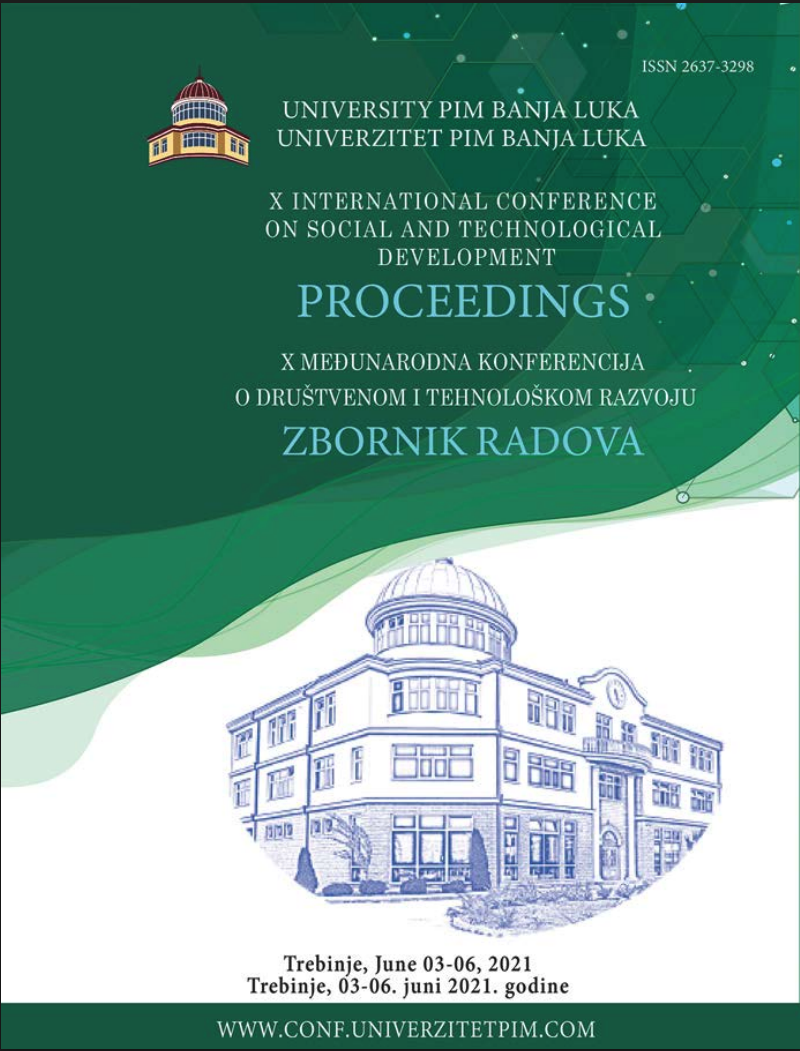
This is an open access article distributed under the Creative Commons Attribution License which permits unrestricted use, distribution, and reproduction in any medium, provided the original work is properly cited.
Department in Kragujevac, Academy of Vocational Studies Sumadija, University of Kragujevac , Kragujevac , Serbia
Faculty of Science, University of Kragujevac , Kragujevac , Serbia
Faculty of Science, University of Kragujevac , Kragujevac , Serbia
Modern educational trends are based on the information technology implementation in the teaching process, at all levels of education with the aim of engaging students as active participants. Numerous studies showed that this approach greatly increases the interest in monitoring the teaching content, and thus has a positive effect on enlarging the level of student’s achievement. In this paper, we presented an innovative laboratory exercise for the liquid level indication. Two general-purpose digital systems are presented. The first one is based on the use of complex combinational logic circuits and appropriate drivers, while the second one is based on the use of a microcontroller Arduino platform and an external sensor module (K-0135). As a result of the research, a review of both systems has been made and the problems that arose during the implementation of combinational logics were presented. In addition, it was also concluded that the microcontroller approach proved to be very precise in the experimental environment. In the conclusion, a comparative presentation of the traditional and innovated realization of the laboratory exercise is given. Based on all the above-mentioned, we pointed out the necessity of implementing microcontrollers in classroom learning, while commenting on the problems that schools and faculties face in the process of realizing this intention.
The statements, opinions and data contained in the journal are solely those of the individual authors and contributors and not of the publisher and the editor(s). We stay neutral with regard to jurisdictional claims in published maps and institutional affiliations.